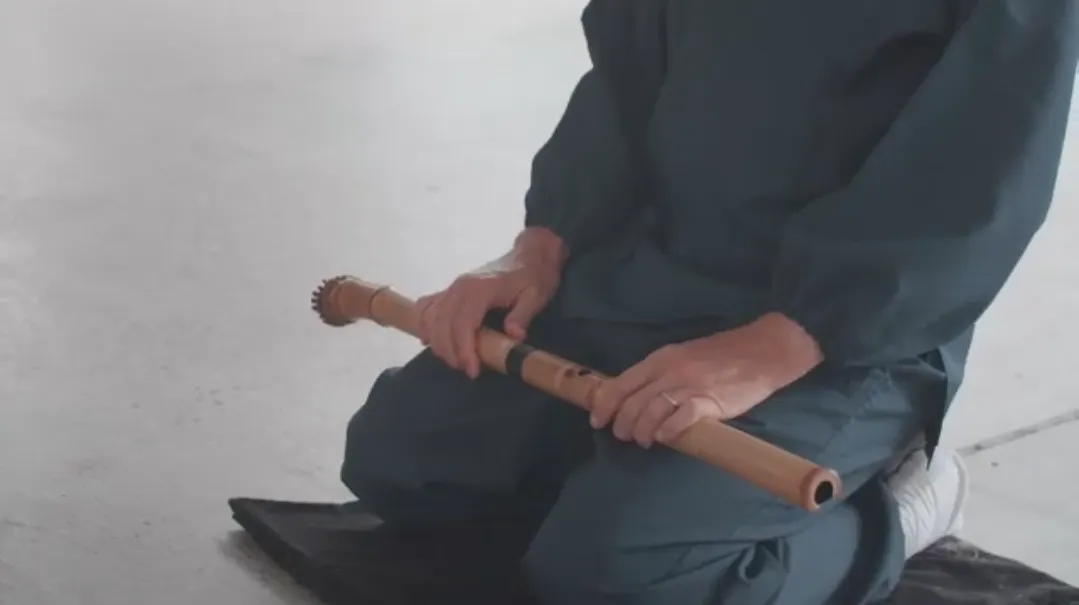When singing or playing a wind instrument, many or even most people forget that a breath has four parts. Most of us pay almost zero attention to three of those four parts. The four parts are the inhalation, the exhalation, and the two ’transitions’ in between, the bits that are neither inhalation nor exhalation.
Occasionally, we think of the inhalation: “Oh, next up is long phrase. I must remember to take a really good breath here!”. But most of us usually inhale automatically. We are already thinking about the next phrase (the next exhalation) almost before the previous phrase (the exhalation) is over.
The transitions receive even less attention, usually none at all. Yet just as dawn and dusk are neither day nor night in a 24-hour day, these breathing transitions are distinct parts of a complete breath cycle.
This is so much the case, that singers and wind instrument players are often taught to make all but the ‘music’ invisible and inaudible to the listener. The performer and the listener should remain blissfully unaware that breathing is even happening. This idea might be one reason why the woodwind section is always behind the string sections in an orchestra!
Some music however, actively encourages the musician to become aware of all parts of the breath.
When I was learning to play the traditional, meditational repertoire of the shakuhachi, called honkyoku, one of my teachers went so far as to say that the audible part of the playing, that is ’the music’ was merely there to help you learn to inhale properly and to pay attention to the transitions. He suggested that knowing if and how one pauses, for example, after one's inhalation and before ‘playing’ or making sound, was as valuable a skill as any other music-making technique.
He said that a piece well-played is one when the very last inhalation, after ’the music’ has stopped, is executed perfectly and with one’s complete attention. In other words, playing a honkyoku can or should be more than just the ‘music’. The main function could (should?) be helping one live in and be aware of the present, that is, the ‘right now’ of, for example all four parts of one’s breath,
Hildegard's music allows one to engage fully in one’s breath. Her music, like the shakuhachi honkyoku, gives the musician the time and space to pay attention to one’s inhalation, and to pause on, or at least notice the transitions.
Theoretically, one can/should be ‘in the moment’ and totally aware of all four parts of the breath regardless of the music, even in for example, one of Telemann’s Fantasies. It’s just a lot more difficult to do so, all the more if one is concerned only with the audible ‘musical’ part of breathing.
Interestingly, the more one is aware of how one breathes, of all four parts of one’s breath, the better one will sing or play any piece of music, on any instrument.
I don’t know what Hildegard would have thought of all of this. I like to think however, that she would be quite pleased to know that her music might be helping people almost a thousand years into her future, to pay attention to their breath, to their ‘present moment’, to the consequences of their actions, to trees moving in a breeze, to ‘everything’ really. And that these people, so far into her future, are grateful to her for this.

